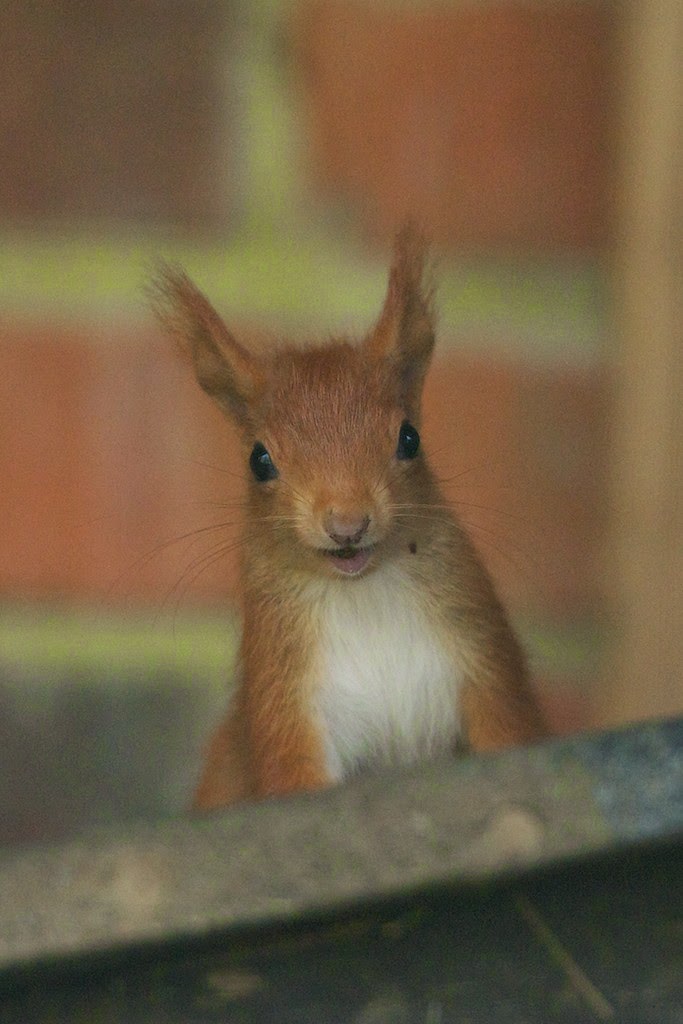I briefly mentioned that we would be starting a "
Sister Blog" a few weeks a go now, but since today it has been more widely linked and announced I felt it only right to do an officially launch/announcement here for those that may have missed it a the bottom of a previous post.
I have often been asked to see more of the photos I take around the centre for work, or more of the photos I may have taken for a particular post I put up here... but I am wary not to clog up this blog with too many photos, for those less interested.
Therefore I have set up a sister blog:
Where I will post these extra photos, photos people have asked to see, and share others photos from around the BWC.
It will all still be from around the BWC... and so will be like an extra blog where you may perhaps learn more about our individual animals, a bit more from behind the stories on here and of course see some extra photos.
For those that that are not interested in extra photos. Don't worry... all the BWC news about the animals will still be put up here on the main BWC Blog!.. the other blog will simply be for extra photos for those interested in seeing more, or hearing about individual images etc.
Already I have "piloted" the blog with just a small mention, and I have been amazed by the support. In only three weeks from the first post it is averaging over 50 hits a day... a long way short from the main blog, but then I wouldn't expect it to ever reach the success of this BWC Blog.
There are currently some new photos of water voles on there, from the second litter on the island display. I'll mention more about that here soon.
And some old photos too to get it all started. Seven posts for the seven British Owls. If you think this is something that interests you, please do go and have a look and spread the word for those you think may be interested.
The first post you will see will be from the bluebell shoot we did earlier this year, plus a few from past years in the bluebells.
I am hoping to update this second blog regularly, so keep checking back using the tab above under the header
"More BWC Photos"
I will not mention here every time there is a post there, but may on the occasion I think there might be something that interests more of you.
Please, take a look, and thanks for your continued support for the BWC Keepers Blog.
Oh, by the way, something I only found out last week... if you click on one of the photos in these posts, it loads them all up slightly bigger and in a slideshow format. Easier to see them if it is only the pics you are interested in, or just want to see them bigger!
Back with animal news next week.











































